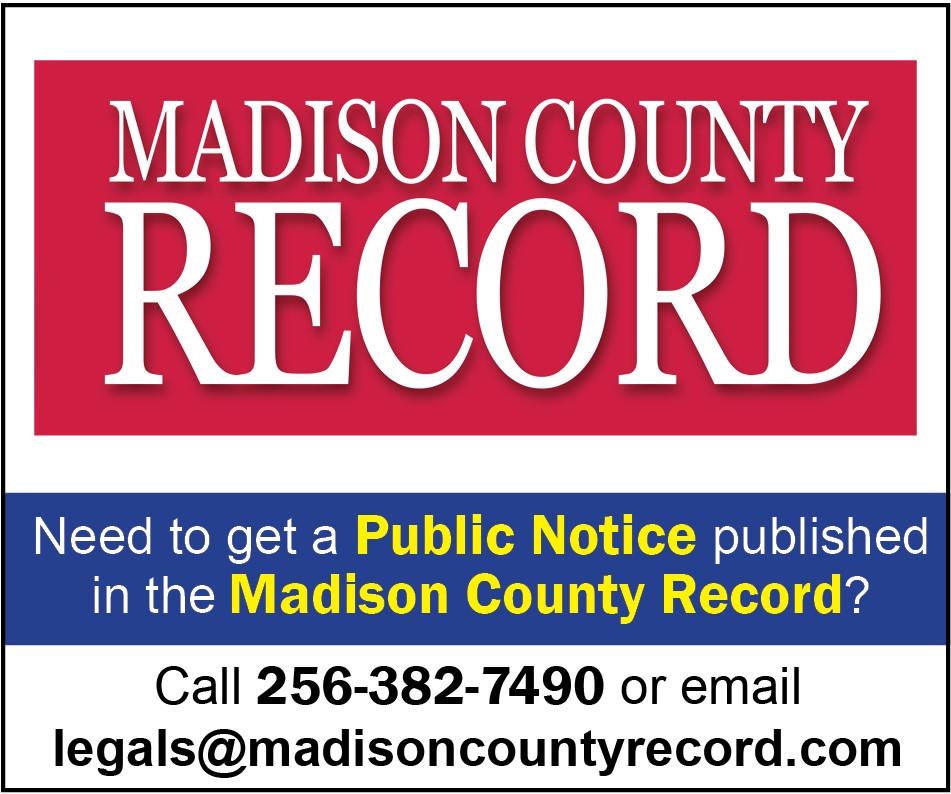Fourth-graders absorb ‘The History of Madison’ from Cindi Sanderson
MADISON – City parks, downtown streets, school campuses . . . even Chick-fil-A. These and many other topics interested fourth-graders at Madison Elementary School when Cindi Whitworth Sanderson presented “The History of Madison” on April 23.
A native of Madison, Sanderson can trace her family lineage in Madison to 1828. “I like to share Madison’s history because of my roots I have a strong belief in preserving the past,” she said. Before retirement, Sanderson compiled a book about Madison Elementary’s evolution to today.
“I told them that I’m a Madison Hornet, just like them, because I retired from Madison Elementary almost nine years ago,” Sanderson said. “I was in the first graduating class at Bob Jones High School. Our class will have our 50th class reunion this year.”
Sanderson explained that Cherokee, Chickasaw and Creek Native Americans shared hunting grounds around Madison but didn’t have permanent villages in North Central Alabama.
In 1818, John Cartwright settled at what’s now Palmer Park. Many pioneers stayed for the rich soil and abundant springs. Madison was founded as a railroad town along the Memphis & Charleston Railroad in the mid-1850’s.
“Pioneers were drawn by conditions conducive to cotton farming. Merchants were drawn by farmers’ wealth,” Sanderson said.
Madison’s western perimeter was called Nubbins Ridge, now James Clemens High School’s campus. Clemens bought 45 lots and sold 15 before his death in 1860.
This land exchange led to Clemens’ title, ‘Founder of Madison.’ He was related to author Samuel Clemens (aka Mark Twain) and father of U.S. Sen. Jeremiah Clemens.
James Clemens wanted the town named “Clemens Depot”; however, railroad maps labeled the location as “Madison Station.” The name again changed to “Madison” at incorporation in 1869, Sanderson said.
The iconic Roundhouse was built over the town’s well near Main Street Cafe in 1898. The structure served as the mayor’s office, city hall, card-playing parlor and ‘pop-up’ barber shop.
After the original’s demolition in 1936, the Roundhouse’s replica was built in 1986 by volunteers during the Madison Street Festival. Today, Madison Station Historic Preservation Society maintains the building.
“The first organized public school was Madison Male and Female Academy in 1885,” Sanderson said. Next, Madison Training School originally stood near current-day Animal Trax until 1907 when it was moved on logs, likely to current-day Madison Elementary’s parking lot.
In 1924, the school was renamed “Madison High School.” In 1936, a new building costing $55,000 opened for MHS, now the site of your school, Madison Elementary, Sanderson said.
“When Madison Training School was torn down, what was the lumber used for? A city hall was built on Martin Street; part was used for an Arnett Street house,” Sanderson said.
Madison High School’s last graduating class in 1951 had 12 graduates. “In December 1972, Bob Jones High School was officially named. The first graduating class was in 1974,” Sanderson said about her class.
Sanderson explained street names:
* Martin Street – For G.W. Martin, the town’s first merchant.
* Palmer Road/Palmer Park – For Samuel Palmer, owner of large vineyards at Palmer Park’s location.
* Buttermilk Alley – To feed the train’s hobos during the Great Depression, Mrs. William Humphrey at 23 Front St. left buttermilk and bread near her house. The narrow lane was renamed ‘Buttermilk Alley,’ replacing the former ‘Hobson Alley’ and ‘Clay Street.’
* Sullivan Street – Honors Dr. Sullivan who treated patients at Nubbins Ridge and Madison. He lived on Sullivan Street.
Sanderson discussed the town’s historic designations: National Register of Historic Places, downtown historic district in 2006 and Bibb House built in 1867 (also state register); and Old Madison Cemetery, Alabama Historic Cemetery Register in 2016.
Sanderson has served on the Municipal Cemeteries Committee since formation in 2013 and is currently Chairperson. With the Historic Preservation Commission, she is serving a third term as Chairperson.
In closing, Sanderson asked students, “What is your favorite part about Madison of today?” They answered, “Dublin Park, Palmer Park, my school and Cracker Barrel.”
Then, students asked questions . . . about the pre-kindergarten center, new murals and schools of yesteryear that closed. One student had a very pertinent question that affects many children: “When will the new Chick-fil-A open?”
“I hope some students will grow up and have an interest in preserving our historic structures and things from the past,” Sanderson said. “We have a historic district and historic-designated cemetery that I always encourage them to visit. I hope someday Madison will have a museum that people can visit to learn about Madison’s history.”


















